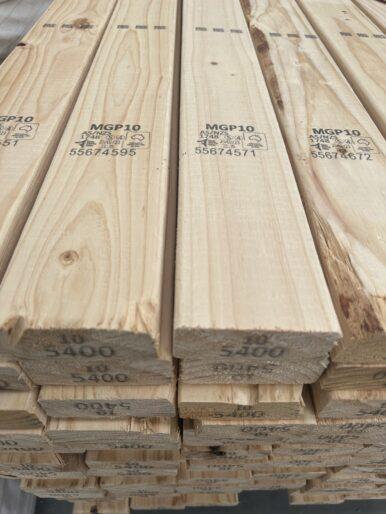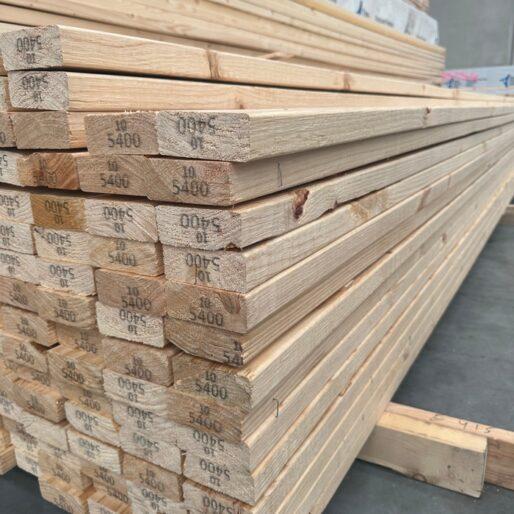- Your cart is empty
- Continue Shopping
MGP10 Timber in Australia: What Every Builder Should Be Paying Attention To
You have probably worked with MGP10 more times than you can count. It is just part of the job; get it delivered, get it up, and move on. But how often do you stop and ask what’s actually behind that grading stamp? Not in theory, but in real terms.
Is that timber going to stay straight? Is it going to meet the specs when the council checks? Is it going to hold up long term?
And if you are not asking the right questions, it can cost you.


Most builders trust the grade, but should you?
MGP10 is widely used for structural framing across Australia. It’s known for being reliable, tested, and ready to go. But the label alone doesn’t guarantee quality. The important part is how it’s tested and whether it meets the actual strength and stiffness standards.
MGP10 pine must hit a minimum stiffness of 10 GPa and a bending strength of 18 MPa. These numbers are based on Australian engineering standards and are meant to reflect real performance on site. If the timber isn’t graded properly, you may be using material that doesn’t meet the job’s needs. That can lead to issues like movement in the frame, rejected inspections, or delays in handover.
Real risks when grading isn’t right
It’s not always obvious when something is off with the timber. Problems often show up later, when the build is locked up and you’ve moved on to the next stage. Frames can twist, walls may shift, or moisture can affect stability. At that point, you’re not just dealing with a minor issue. You are looking at rework, potential claims, and lost time.
Poor grading can go unnoticed during delivery. It only becomes clear once weight or weather gets involved. And by then, it’s your job, your team, and your reputation on the line. Fixing structural issues after the fact is costly and frustrating, especially when it could have been avoided by asking a few early questions.
So, what should builders look out for?
Start by confirming the timber has been machine graded to Australian Standard AS/NZS 1748. Make sure the supplier can verify that the timber has passed the required strength and stiffness tests. You also want to check that it has been dried and stored correctly to avoid movement once it’s on-site.
Some timber may technically be labelled as MGP10, but without proper testing and certification, it’s a risk. Don’t rely on assumptions or take chances based on appearance. If you’re unsure about the source or testing process, it’s worth raising it before framing begins.


How Timber Central helps
At Timber Central, we supply structural timber that meets Australian grading standards and is ready for site use. We don’t sell to homeowners, we work directly with builders who need timber they can depend on. Our MGP10 products are tested, certified, and delivered with performance in mind.
We know delays and rework hurt your margins. That’s why we focus on supplying timber that’s graded properly, stored carefully, and delivered in a condition you can use immediately. No confusion, no shortcuts, just timber that does what it’s meant to do.
Looking for a reliable timber supplier in Australia?
Call Timber Central today. We’ll supply you with structural timber that holds up on-site and over time.

